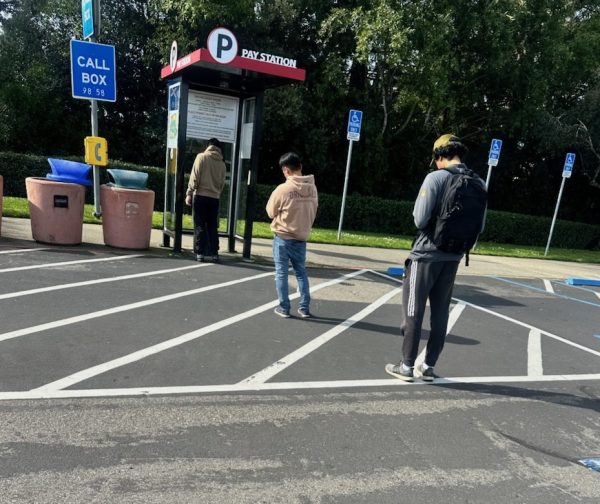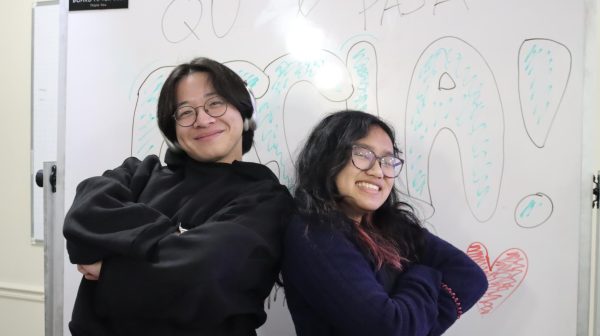Limited financial aid offered for summer
For many Cal State East Bay students, summer quarter provides an opportunity to get ahead on coursework or simply catch up on classes they need for the next academic year.
For those students, financial aid typically plays a significant role. Of the 7,000 students that enrolled in summer courses last year, 29 percent used federal financial aid, according to Rhonda Johnson, executive director of financial aid for CSUEB.
This summer, the university will continue to offer federal financial aid — Pell Grant, work-study and direct loans — but will not offer state-funded financial aid, as per a decision implemented back in 2011, according to academic and career counselor Michele Hingst. Students will not have access to state funds such as Cal Grants, State University Grants, Middle Class Scholarships, Graduate Equality Fellowships, Graduate Business Grants and EOP grants.
Roughly 171 classes are offered in the summer compared to the 400 offered in fall, winter and spring. Communication and kinesiology offer some courses in the summer, but most majors do not, Hingst said.
Counselors like Hingst encourage students to take courses during the summer to keep them as close as possible to a four-year graduation schedule. They do also try to “promote what’s the right path for each individual,” not imposing a four-year graduation goal that may not be feasible for all students Hingst said.
“We are asking that all students who wish to receive financial aid this summer drop-in at the Enrollment Information Center to speak with a financial aid counselor,” Johnson said. “We can assist summer students with alternate financing arrangements, including aid eligibility.”
How will new semester schedule affect financial aid?
In 2014 the university decided to switch to semesters by the 2018-2019 school year to match the majority of other CSU schools. In that same year, only six of the 23 campuses in the CSU system maintained a quarter system.
“There is no difference in annual aid eligibility when we compare quarters to semesters, what is different is the distribution of aid during the academic year,” Johnson says. “Instead of dividing aid by four quarters, most students will receive the first half of their aid in fall and the second half in spring.”
In order to receive full federal financial aid, students must meet application deadlines and take 12 or more units per quarter/semester. “Not all federal aid requires full-time [12 unit] enrollment. Eligible students can borrow direct loans at half time enrollment, which is 6 units,” Johnson said.
Some majors will offer classes that better align with a semester program. Quarter units will be converted into semesters, all according to the pledge CSUEB has made about “no one being affected,” Hingst said.
“I want to stress there will be no reduction in the amount of aid our students receive once we convert to trailing summers and semesters. The only difference is the distribution of aid,” Johnson said.
Summer study abroad
This summer there will be a faculty-led study abroad program to Cuba that will not receive financial aid. Students and communication department chair Mary Cardaras will spend two weeks in Cuba and complete two weeks of coursework in the United States. Le Shawn Cheatham, study abroad advisor, said any study abroad program must be at least 10 weeks long in order to receive financial aid.
“From my understanding, the summer study abroad programs will not receive financial aid because we’re transitioning to semesters,” said professor William Lawson. He was the professor in charge in the faculty led summer program to London in 2015 and 2016. His 2016 program was eligible to receive financial aid because Lawson did an “online” course for five weeks and then spent five weeks in London with the students.
“When study abroad students have remaining 2016-2017 federal aid eligibility, they may receive it during summer quarter,” Johnson said.












